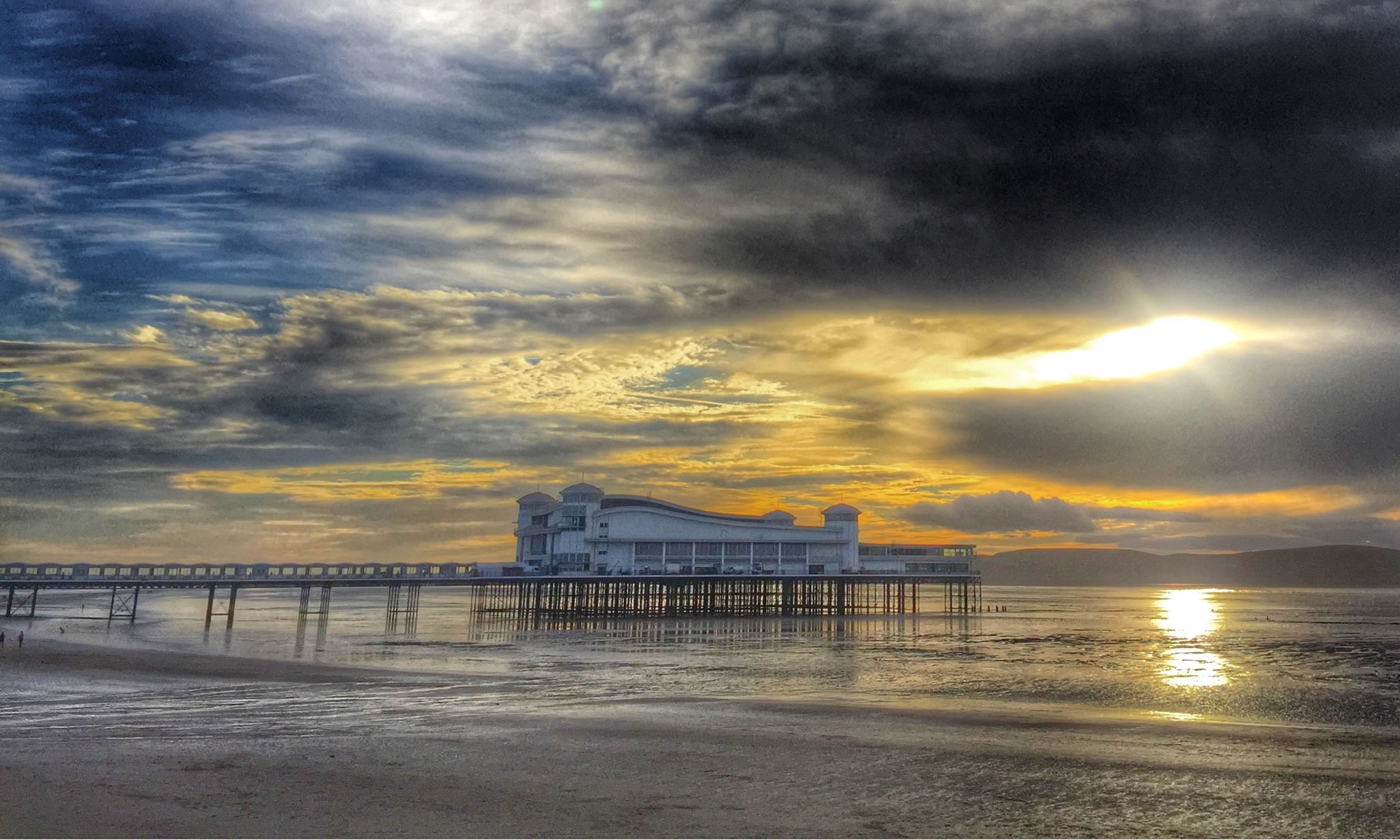The last time I had been down to Brean was literally the day before lockdown. We had gone for a walk along the beach and were maintaining our distance from people, but from the news it was apparent that this wasn’t the case on Weston beach.
During lockdown, during our government sanctioned exercise we would cycle down to the beach at Weston and we could see Brean Down in the distance. At the end of May I cycled to Brean, passing The Great Bird Screen of Brean, but didn’t cycle as far as Brean Down.
So as it was a sunny, but windy, day we drove down to Brean to walk along Brean Down. We parked the car in the National Trust car park, and did think that at £5 for the day it was a bit expensive, maybe a reason to become a National Trust member again.
We walked up the steps, which was hard work, I should try and get fitter I think.
On the beach someone was doing some art, a star of somekind we thought. You could only really see it from the top of Brean Down.
It was quite busy, even though it was mid-afternoon and the car parks were quite full.
The tide was out and going out.
As we got to the headland we could see the old fort. Brean Down Fort was constructed in the 1860s as one of the Palmerston Forts to provide protection to the ports of the Bristol Channel, and was decommissioned in 1901. During World War II it was rearmed and used for experimental weapons testing.
The walk was really nice.



















